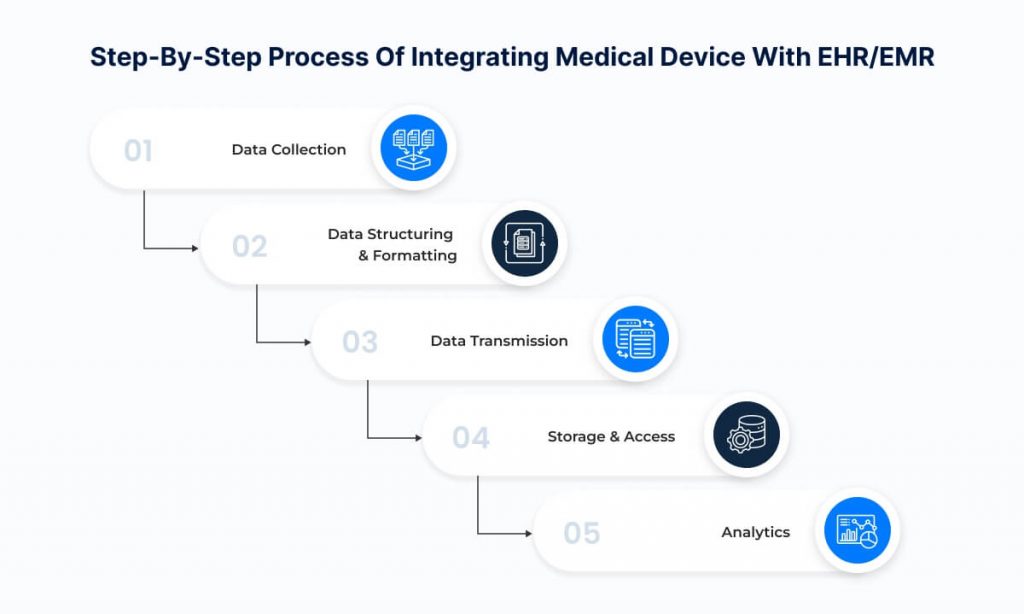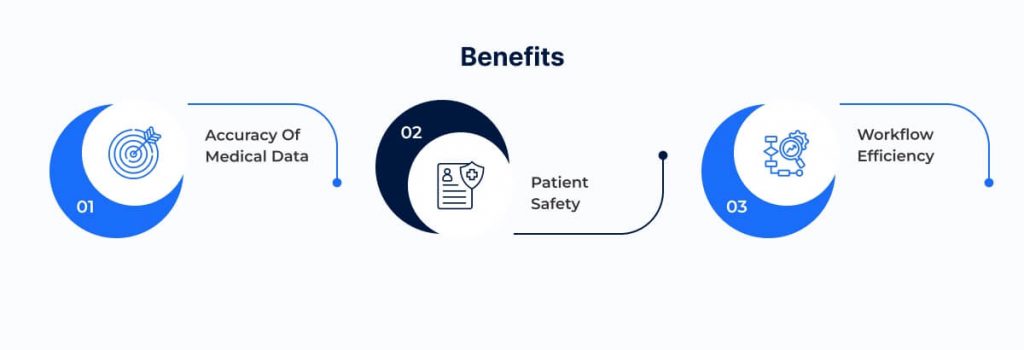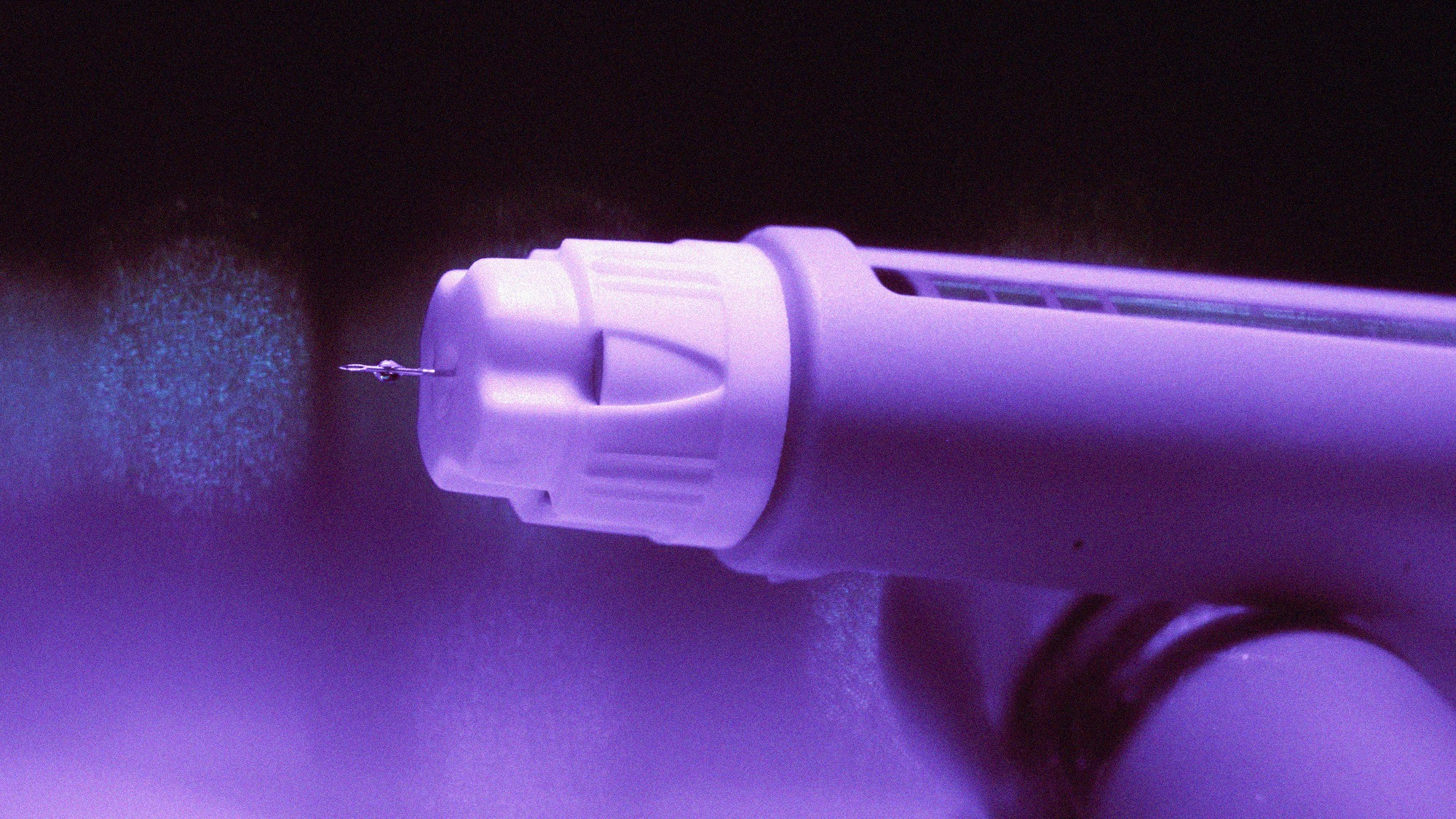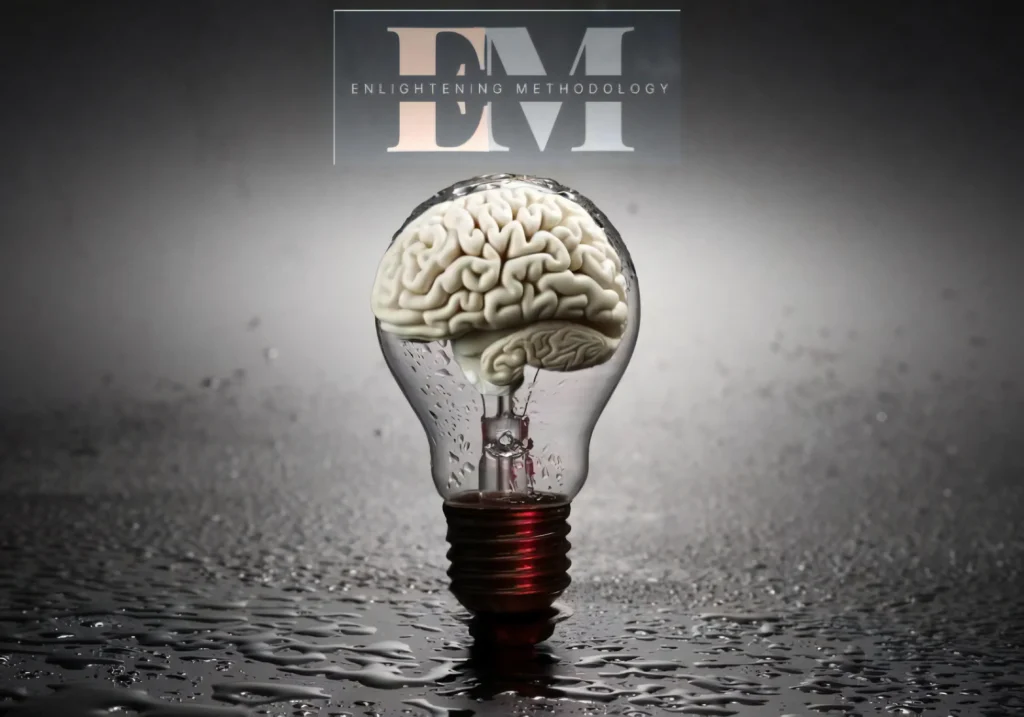Introduction
Medical devices generate vast volumes of data vital signs, imaging results, wearable sensor outputs, and more. But data in isolation doesn’t serve its full purpose. When we integrate medical device integration with EHR/EMR, we unlock powerful potential. In fact, according to BMR TechWorks, seamless device-to-EHR connectivity helps automate data capture, enhance patient monitoring and drive real-time clinical insights.
In short, correctly integrating medical devices and EHR/EMR systems is no longer optional; it’s foundational to connected, efficient, patient-centric care. In this blog, we’ll walk through the step-by-step process, best practices, goals and outcomes, benefits, challenges and what the future holds.
Step-by-Step Process of Integrating Medical Device with EHR/EMR

Here is a simplified process to follow when integrating medical devices into EMR/EHR systems.
Data Collection
Begin with capturing data from your medical device(s). This could be bedside monitors, infusion pumps, wearables, imaging equipment or remote patient monitoring sensors.
You’ll want to ensure the device supports data output in a usable form (e.g., network connectivity, HL7 output, other interfaces). The data capture layer must reliably record each data point, timestamp it, and associate it with the correct patient. This stage sets the foundation for everything that follows.
Data Structuring and Formatting
Once data is captured, you must structure it so it can be interpreted and used by the downstream EHR/EMR. This often means converting proprietary device formats into standards-based formats. This process ensures the data from medical devices’ EMR/EHR software is formatted properly for seamless integration. According to the Ultimate Guide by Virtelligence, this step is key to ‘connect devices like monitors, infusion pumps and ventilators’ to health-information systems. Standards matter here: you’ll use protocols like HL7 FHIR, IEEE 11073, and older messaging standards (HL7 v2) as needed.
At this stage you’ll also map device-data fields (e.g., ‘heart rate’, ‘blood pressure’) to the correct data elements in the EHR. This ensures semantic interoperability (i.e., the meaning of the data is preserved).
Data Transmission
With structured data in hand, the next stage is sending it to the target system (EHR/EMR). This may occur in real-time, near-real-time or in batches, depending on the medical devices’ EMR/EHR solutions and workflow. Some sources note that ‘real-time vs. batch’ is a relevant decision point.
Transmission can involve middleware (an integration engine), APIs, secure networks, healthcare cloud solutions and platforms, or on-premise systems. For example, as per Punch Through’s article, choosing the right integration approach early, including which API strategy to use, is critical.
You’ll need robust encryption, authentication, secure channels, and audit trails to maintain patient data privacy and system integrity.
Storage and Access
Once data arrives in the EHR/EMR ecosystem, it needs to be stored appropriately and made accessible to clinicians and other stakeholders. Storage may occur in the core EHR database or in an ancillary system that links to the EHR.
The access layer ensures that when a clinician opens a patient record, the data from devices appears seamlessly, in context, and in a way that supports decision-making. Integration means less manual charting and fewer errors.
You should also factor in data retention policies, archiving, backup, and healthcare interoperability solutions with other modules (lab, imaging, etc.).
Analytics
Device data alone is valuable, but when combined with EHR data and analytics tools, it becomes transformational. The integrated dataset allows for trend analysis, alerts (e.g., threshold breaches), clinical decision support and predictive modelling.
Deploying dashboards, visualisations and AI/ML-driven insights helps you move from reactive to proactive care. For example, remote-monitoring device data fed into the EHR can trigger early-warning alerts, avoiding adverse events. Deploying AI-powered tools for AI-powered medical device integration with EHR/EMR helps transform device data into actionable insights.
Best Practices

Integration goals and outcomes
Define clear objectives and outcomes. Start by asking what you want to achieve: improved patient safety, workflow efficiency, data accuracy. The Medium article emphasises establishing integration objectives.
Assessment of IT infrastructure
You need to understand device compatibility, network readiness, existing EHR/EMR capabilities, vendor APIs. The same article lists this as a key step.
Data Exchange requirements
Adopt recognised standards. Use HL7, FHIR, IEEE 11073, DICOM and others where applicable this lowers custom integration work and improves interoperability.
Partnering with IT Vendor
Partner with an IT vendor/integration specialist that provides medical device integration services with EHR . Device-to-EHR integration is complex; a vendor can help with middleware, APIs, compliance, testing and maintenance.
Security
Prioritise security and regulatory compliance. Data at rest and in transit must be encrypted; access controls, audit logs and role-based permissions are essential. Data governance requirements (HIPAA, GDPR, etc) must be met.
Compliance and regulations
Engage stakeholders and train users. Clinicians, IT, device teams, operations everyone needs to be onboard. Training ensures the integration actually gets used and yields value.
Training and monitoring
Test thoroughly and monitor continuously. Before go-live, perform scenario tests, device-EHR accuracy checks, workflow simulations. Post-deployment monitoring catches issues early. Plan for scalability and future growth. Choose solutions that support new devices, evolving standards and expanding workflows so you avoid rework.
Benefits

Integrating medical devices with EMR/EHR systems brings multiple benefits across clinical, operational and patient dimensions. According to TopflightApps, this integration automates the capture and analysis of valuable patient data, eliminating manual errors and saving precious time for clinicians.
Accuracy of medical data
Integrating medical devices directly with EHR/EMR systems eliminates the need for manual data entry, drastically reducing transcription errors and delays. Every reading—from blood pressure to ECG results—is automatically recorded, timestamped, and linked to the right patient file. This ensures data integrity and consistency across departments, enabling clinicians to make faster, evidence-based decisions backed by reliable information.
Patient safety
When medical devices communicate seamlessly with EHRs, patient monitoring becomes continuous and proactive. Real-time data alerts allow clinicians to respond instantly to abnormal readings or sudden changes in vitals. Integration minimizes the risk of missed data, medication errors, or delayed interventions, ensuring every patient receives timely, personalized care that enhances overall safety and outcomes. The mobile solutions for medical device data in EHR/EMR allow healthcare providers to act quickly, even from a distance.
Workflow efficiency
Device-EHR integration transforms healthcare workflows by automating repetitive documentation tasks. Instead of manually entering or cross-checking data, clinicians can view consolidated patient information in one place. This saves valuable time, reduces administrative burden, and streamlines care coordination among teams. As a result, providers can focus more on patient interaction and less on paperwork, driving both efficiency and satisfaction.
Challenges

While the benefits are compelling, integrating medical devices with EHR/EMR systems brings several challenges. Some of the most commonly cited hurdles include:
Absence of Standardized Protocols
Devices from different manufacturers often use proprietary data formats; semantic interoperability (true meaning of data) remains elusive.
Security & Compliance Risks
Connected devices expand the attack surface; ensuring encryption, authentication, and regulatory compliance (HIPAA, GDPR, MDR) is non-trivial.
Integration complexity
Multiple device types, legacy systems, heterogeneous EHR systems, middleware, and connectivity issues all add complexity. Lack of compatibility across medical devices and EMR/EHR services can create hurdles in integrating multiple types of devices.
High Implementation Costs
Upfront investment in infrastructure, middleware, testing, training, and change management can be significant.
End Thoughts
Integrating medical devices with EMR/EHR systems is a strategic initiative that delivers measurable benefits, improved data accuracy, enhanced patient safety, streamlined workflows, and richer analytics. The process involves methodical steps: data collection, structuring, transmission, storage, and analytics. Best practices such as standards-based implementation, security focus, stakeholder training, and vendor partnership are key to success.
While challenges like interoperability gaps, security concerns, and implementation costs remain, the future is rich with opportunity: IoMT, AI-driven insights, cloud-enabled scalability, and mature standards will drive healthcare evolution. With the right approach, you can turn device silos into integrated data ecosystems, helping organizations deliver connected, intelligent, patient-centered care.
The post How to Integrate Medical Devices with EMR/EHR Systems appeared first on Osplabs.





